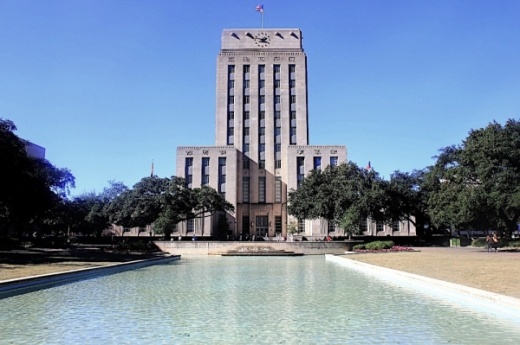Houston’s distribution of affordable housing may start to reach more neighborhoods than it has in the past under city council recommendations affirmed on Feb. 19.
As part of an annual process, council recommended a slate of 20-plus affordable housing project proposals for consideration by the state of Texas to receive federally funded 9% tax credits. The state has allocated enough funding to approve about half of the city's recommended projects. The Texas Department of Housing and Community Affairs administers the program.
In response to a January 2017 letter from the U.S. Department of Housing and Urban Development stating that the city violated the Civil Rights Act by denying an affordable housing project proposal in the Galleria area, the Houston Housing Authority developed a new scoring matrix for evaluating proposals that results in a broader distribution of projects.
“In an effort to maintain the flow of money from HUD, we have agreed that we are going to be objective and not political about our allocation of these developments,” City Attorney Ron Lewis said.
This year, the resulting list of project proposals are spread out among nearly every city council district. Council members representing both affluent and less affluent districts generally approved of the list, however Council Member Edward Pollard, who represents the densely populated District J covering the Gulfton and Sharpstown areas, said his district has shouldered the burden of increased density with lagging infrastructure for much longer than other areas of town.
He asked council members to vote against two proposals in his district that he said he felt would contribute to additional strain on the area infrastructure. Ultimately the proposals were approved to remain on the list.
However, there were some remaining concerns from council members about whether the new scoring matrix appropriately evaluates the safety of project sites.
Two projects along White Oak Bayou are located within the 100-year floodplain and one project in the East End, the South Lockwood Apartments, is located within a quarter mile of a concrete batch plant.
Council Member Amy Peck said the criteria should better prioritize projects outside the floodplain.
Any new development in the 100-year floodplain is subject to stricter standards that took effect in 2018 and Mayor Sylvester Turner said the proposals within the 100-year floodplain were vetted for mitigation standards. He said historically underserved neighborhoods have been subject to more environmental threats and should not be left without any new development.
Council Member Karla Cisneros, who represents the district where the South Lockwood apartments are proposed near the concrete batch plant said her constituents were strongly in favor of it. She did note, however, that a proposal for an additional project in the Near Northside did not make it onto the city’s final list, despite the need for affordable housing to combat rising land values in the area.
“I need my council members to understand that the community wants this. ... This is one of the communities that is gentrifying rapidly,” Cisneros said. “They want to stay where they’ve lived for generations. They don’t want good places to live in other communities.”
Both Council Members Jerry Davis and Letitia Plummer said that righting wrongs in underserved neighborhoods should include avoiding putting more housing in unsafe environmental conditions.
“We’re fighting this environmental injustice in these communities and if we were to put one in an area where we know they’re already crushing concrete, in the words of late council member Larry Green, ‘I think that’s egregious,’” Davis said.





